
There is a bike brand called Priority.
This brand is developing belt-driven and internally geared bikes, and while they dabble in off-road bikes, their bread and butter is townie, commuter, cruiser, and kids’ bikes. That is, until the Vanth came along.
So, how did the commuter-gearbox-bike brand do with a high-pivot, long-travel enduro bike?
Pretty damn good.
Priority Vanth key specs
- Suspension travel: 170/165mm front/rear
- Drivetrain: Belt-driven gearbox
- High-pivot Stillpoint suspension
- Geometry highlights: 64° HTA, 78.5° STA, 475mm reach (S2), 448mm chainstay
- Price: Performance Elite $5,999 (tested) / Factory $6,799 / Podium $7,999
- Buy from Priority Bicycles
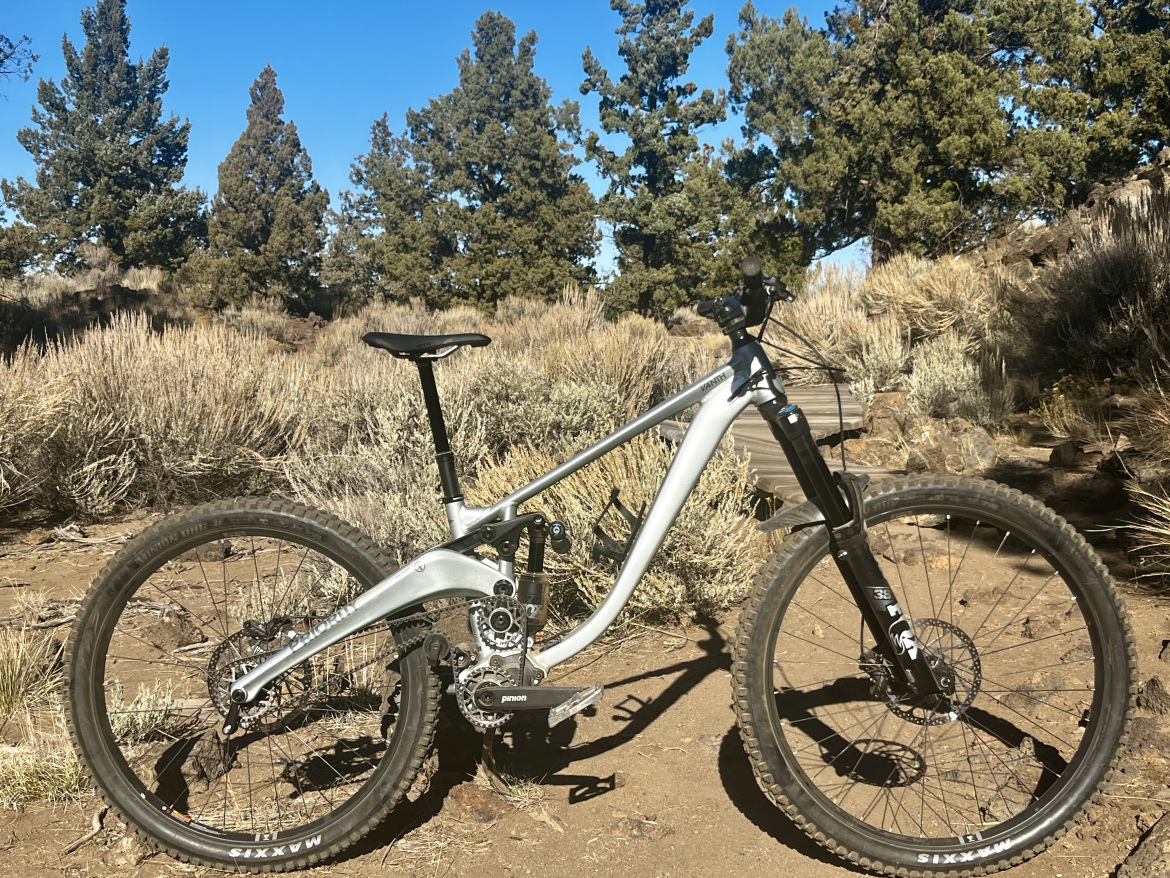
On the trail with the Priority Vanth
The Priority Vanth is easily the most unique bike I’ve ever ridden. For that reason, it was challenging to keep an open mind and not have preconceived notions — good or bad — about the bike.
There are so many different factors in play. It has a gearbox. It is belt-driven. For goodness’ sake, it is high-pivot. I’ve been bouncing these things around in my head for a bit now, still trying to decide how to articulate them.
I’m still not sure I’m fully there, but here are my thoughts on a bike on which I had a very fun experience overall.
Climbing
First, I think we need to acknowledge that long-travel bikes don’t climb as well as short-travel bikes. This may seem obvious, but as bikes become more capable, I think we can have unrealistic expectations on either side.
Big bikes can zip up the hill. Little bikes can smash through deep chunk.
The reality is, both statements have their obvious limits. When it comes to climbing on the Priority Vanth, I was pleasantly surprised.
While I had my doubts surrounding high-pivot, belt-driven, gearbox bikes, I found the Vanth to climb just fine for a 165mm-travel bike. What really surprised me was the incredibly supportive pedaling platform, likely thanks to the high anti-squat numbers. The bike didn’t wallow in the travel or exhibit any pedal bob whatsoever.
And the steep seat tube, combined with a fairly high stack, put me in a comfortable, upright position.
However, I found pedaling a gearbox-bike is a unique experience. While it did just fine on fire roads and relatively smooth singletrack, when pedaling through technical sections, the pedal resistance felt uneven and a little strange. This made it difficult to maintain a consistent pedaling cadence and reduced my overall efficiency.
More time will tell if this issue persists or if I just need more adjustment time to pedaling a gearbox bike.
I also struggled with the Pinon 9-speed gearbox. On most climbs, I wanted something between gears two and three. That said, I think it is important to remember that the Priority Vanth isn’t a bike anyone will be setting out to clean tech climbs on.

Descending
This is obviously where the Priorit Vanth shone. The bike rides tall and stays incredibly planted to the ground — perhaps to a fault.
The Vanth is long and tall, making for an incredibly stable and confident bike when pointed downhill. Its geometry, combined with the Stillpoint suspension, combined with the added low-slung weight of a gearbox, makes the Vanth track the ground incredibly well.
At times, this meant it could be challenging to get the Vanth into the air, and I needed to put more emphasis on pulling the front end up. It took a few rides, but I adjusted. Ultimately, when considering a bike like the Vanth, I would rather it be confident and stable over scary chunk than easy to get into the air.
I was really pleased by how the Vanth handled. Despite its relatively long stature, the 27.5″ rear wheel keeps the bike more agile, making it a touch easier to get around corners. The Fox 38 and Foat X2 performed remarkably well, as Fox has properly addressed the issues many had with the X2 shock.
In the end, the Vanth rides like the handful of DH bikes I’ve ridden. Despite the incredibly supportive pedal platform, it is very supple off the top, providing excellent traction over small bumps at high speeds, allowing me to stay off the brakes. When I did have to brake over technical sections (which I probably do too much), the Vanth did an incredible job at maintaining traction.
When pointed down, the gearbox and belt drive are non-issues and actually benefit the descent. The weight of the gearbox lower on the frame certainly helps keep the bike planted, especially through corners. It could also help provide the “in the bike” feel despite a relatively high BB on paper. And, while descending, there are no concerns about hanging a derailleur on rocks, providing much more clearance at the rear wheel.
Ultimately, this is a bike to point downhill. Is some efficiency lost due to the gearbox and belt-drive? Maybe, but the descending is impressive.
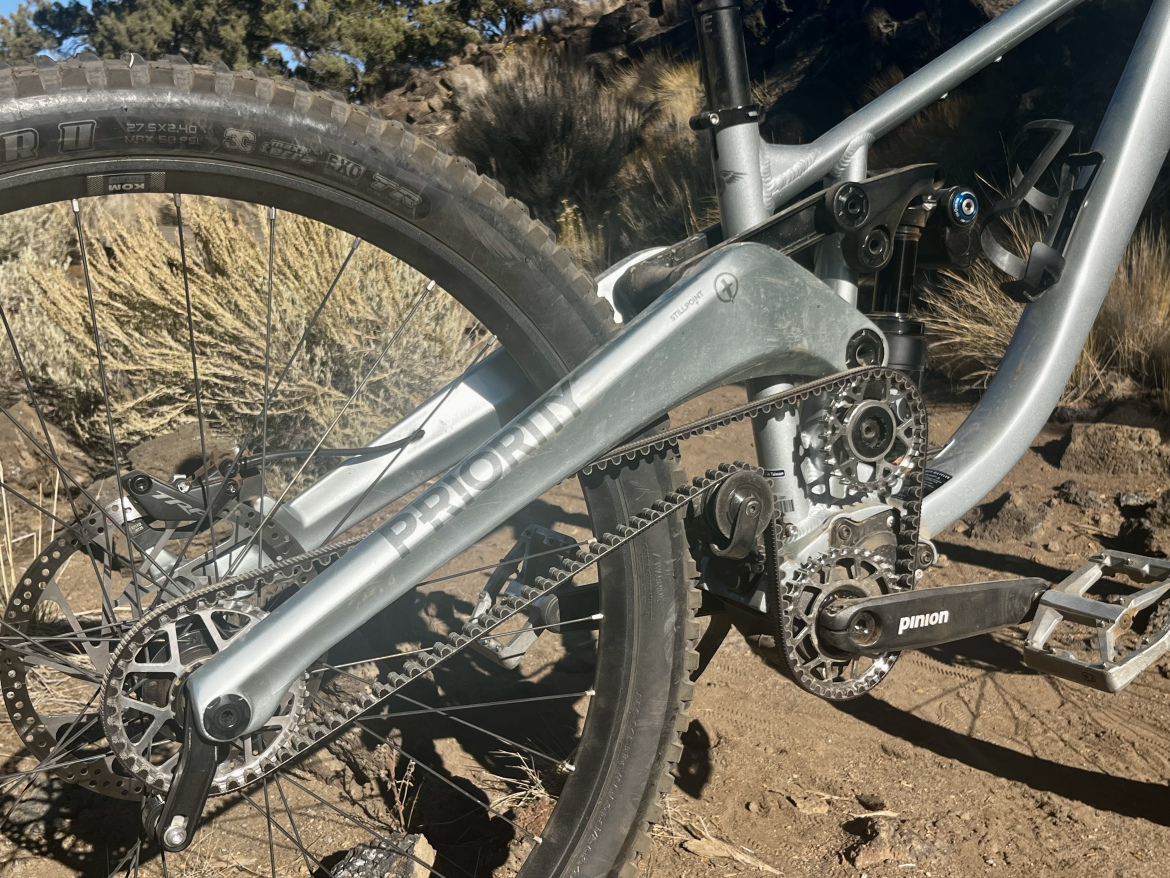

Priority introduces Stillpoint suspension
Stillpoint is Priority’s patent-pending suspension system for the Vanth. The suspension platform is covered by three patents, two having to do with the tensioner and idler assisting with the chain — uh, excuse me, belt — growth on a high-pivot bike. The other concerns the placement of the pivot point.
Traditionally, high-pivot bikes put their pivot higher on the seat tube, creating a more rearward axle path. But, Priority points out, this hurts anti-rise performance (braking while the suspension remains active). Moving the pivot point forward, to where there is traditionally either a shock or an empty space, helps significantly with anti-rise.
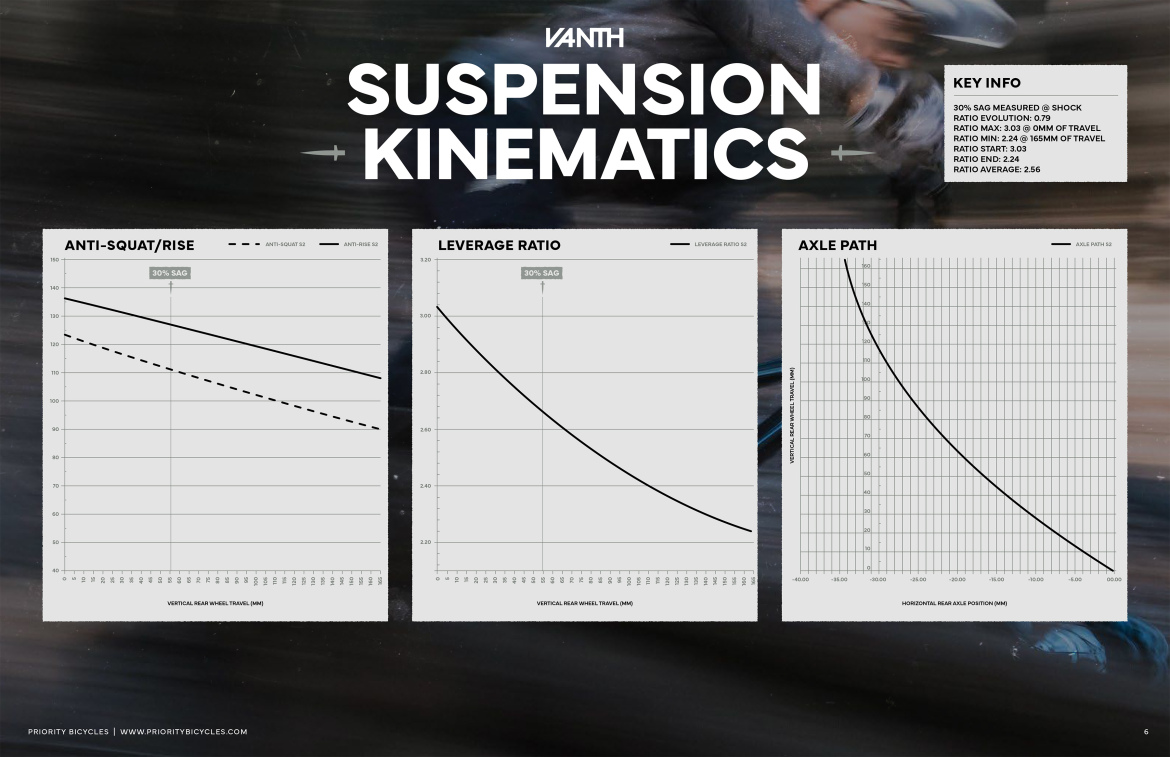
And, this is precisely what Priority did. They essentially added a faux seat tube on the Vanth, between the actual seat tube and shock, achieving two things. First, it allowed Priority to achieve the rearward axle path they desired while maintaining good anti-rise numbers (~127% at SA, and anti-squat is ~111% at SAG). It also allowed Priority to run incredibly long dropper posts on the Vanth. My size S2 has a 210mm OneUp dropper with significant room to spare. I’m 5’8”, and typically ride medium-sized bikes, and this is easily the longest dropper post I’ve ever used. “Long-travel” droppers for me are 180mm.
Priority says Stillpoint suspension is coil-compatible.
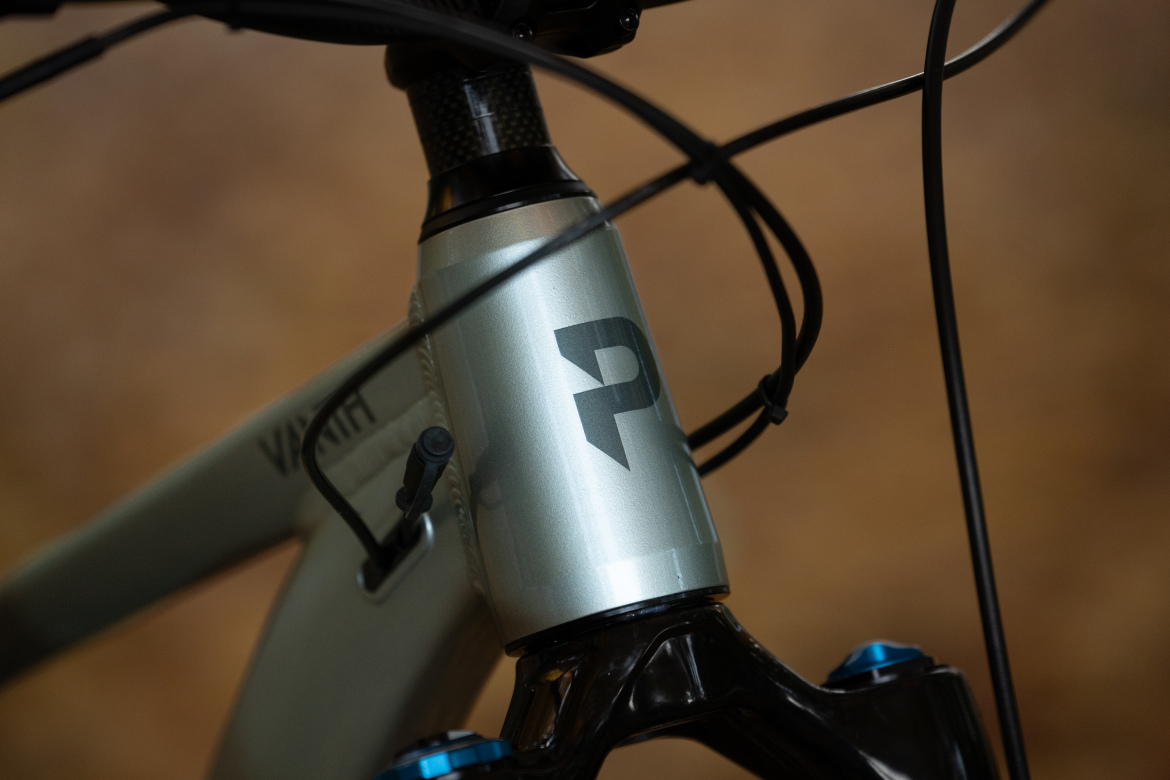
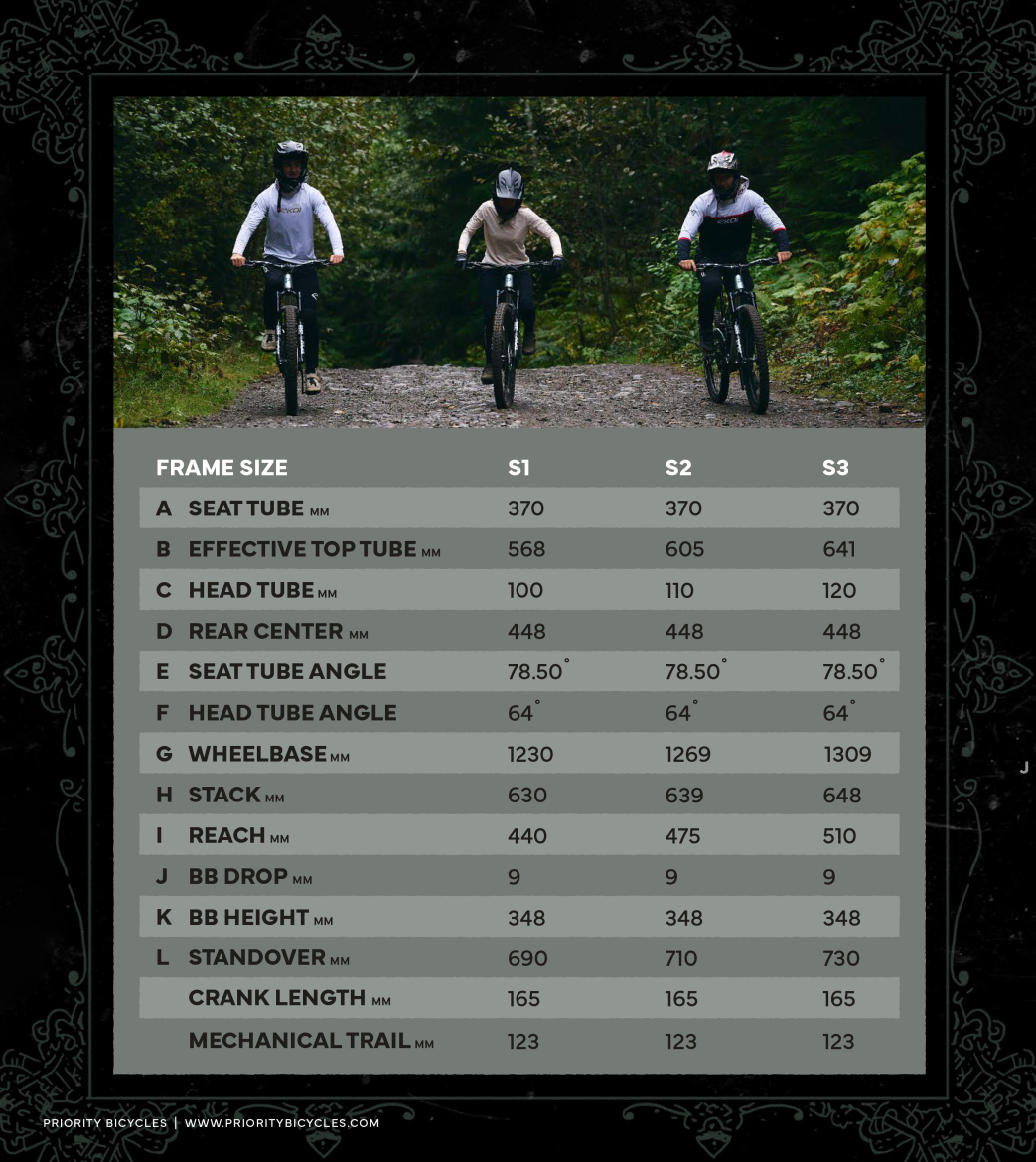
Big bike geometry
Priority did a good job putting angles to the Vanth. The geo is pretty spot-on for what I want out of an enduro bike, especially since Priority only offers the Vanth in three sizes — S1, S2, and S3.
It was fun not knowing any of the numbers on the Vanth before getting several rides on it, allowing me to make guesses and later see how close I was. And, honestly, I’ll say I didn’t do too badly.
Geo standouts on the S2 Vanth include a 64° headtube angle, 639mm stack height, 448mm-long chainstays, a 1,269mm wheelbase, and a 348mm bottom bracket height. This is a relatively high BB, but the interesting number is that the BB drop is only 9mm. However, I never felt like the bottom bracket was “too high” or that the Vanth lacked an “in the bike” feeling, nor did I experience a single pedal strike.
The reach numbers jump by a lengthy 35mm between the three sizes. I was sent a size S2 with a 475mm reach — longer than what my five-foot-eight-inch-tall body is used to. However, the 78.5° seattube angle put me in a very upright pedaling position, and the bike didn’t feel long at all.
While only three sizes will leave some riders feeling in between the numbers they see, the steep STA certainly helps. Plus, you can also move the seat forward and change stems to bring the bars back to you. Overall, I was incredibly comfortable with the “long” reach on the Vanth.
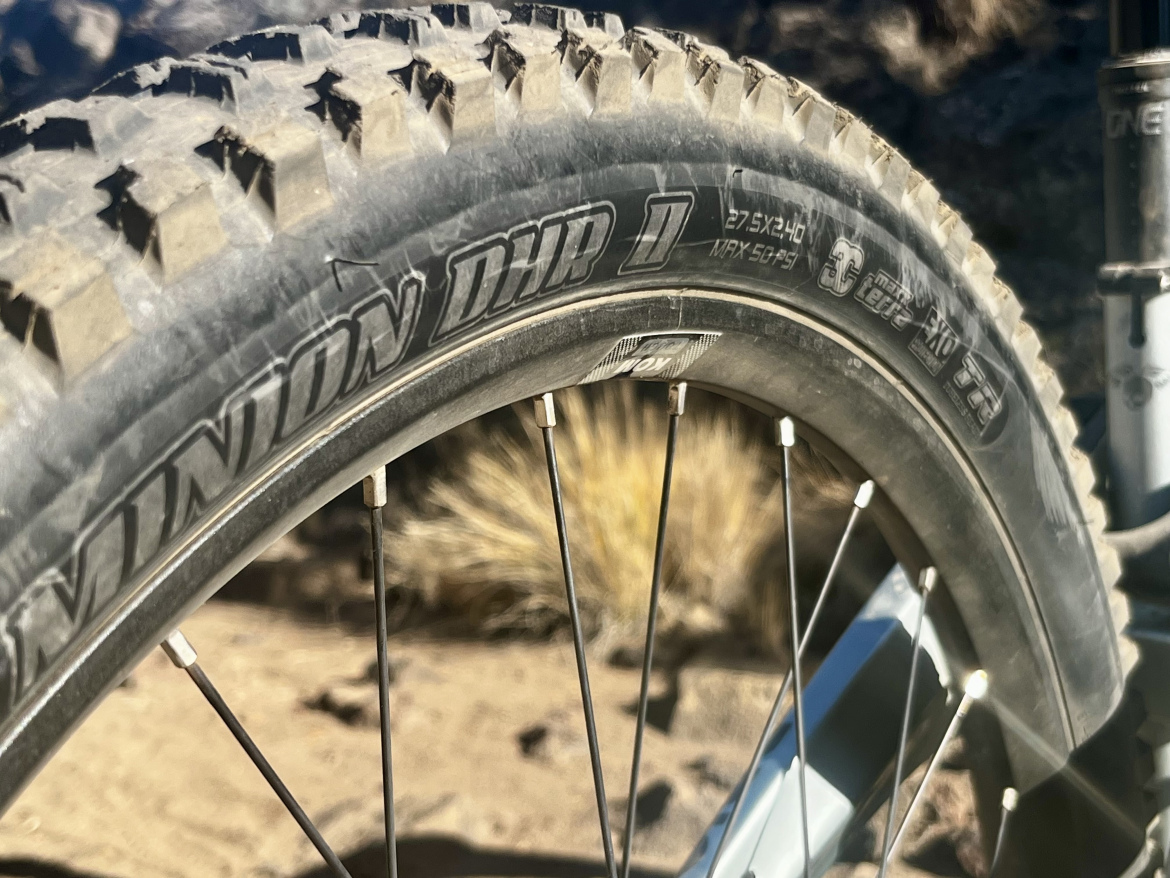


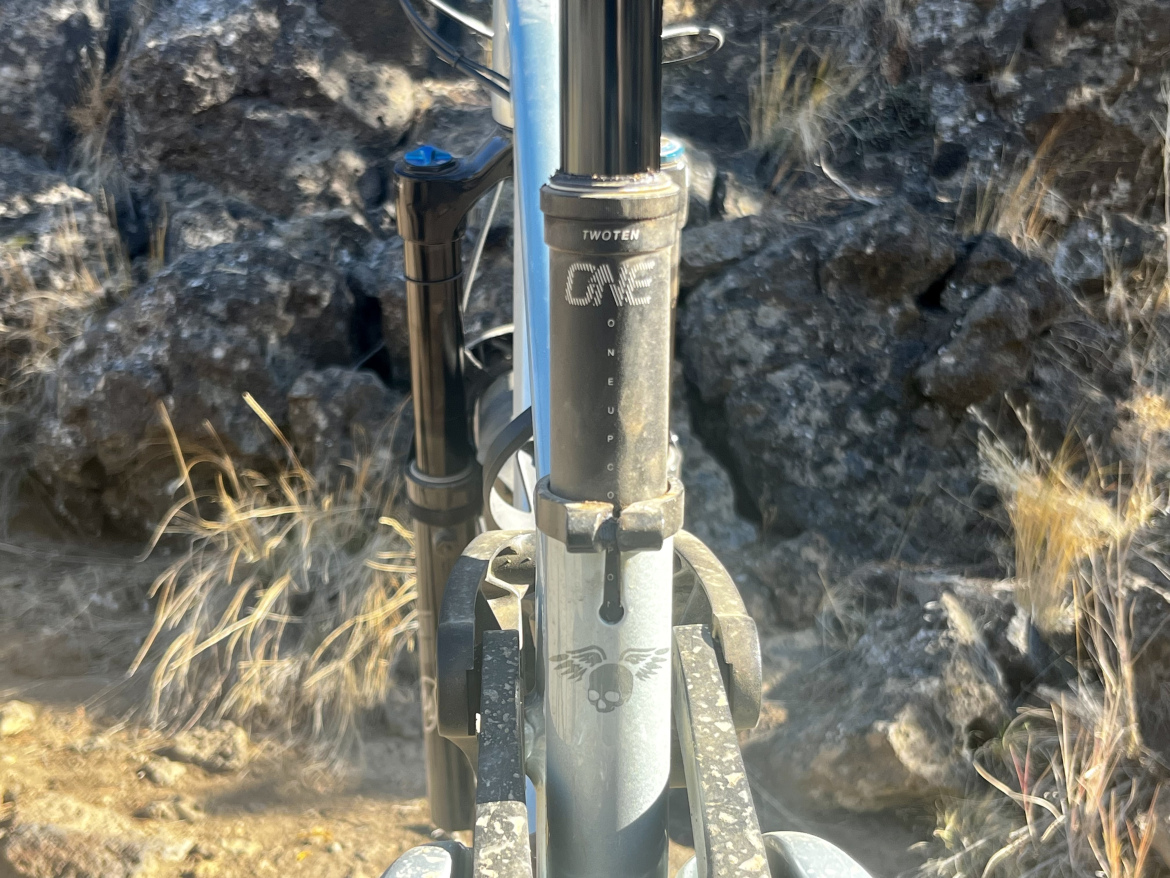
The bike build
I was surprised by the builds and price…in a good way
As I pulled the bike out of the box and began building, I saw (mostly) all the parts I wanted to see. Performance Elite-level suspension. TRP Trail EVO Pro brakes with TRP’s 2.3 x 203mm rotors. A long 210mm OneUp V3 dropper post on my size S2. Before seeing the build spec info for the bikes, I assumed that the bike I was on, with Fox Performance Elite suspension, was the highest-spec and most expensive. As it turns out, this is just the entry-level build.
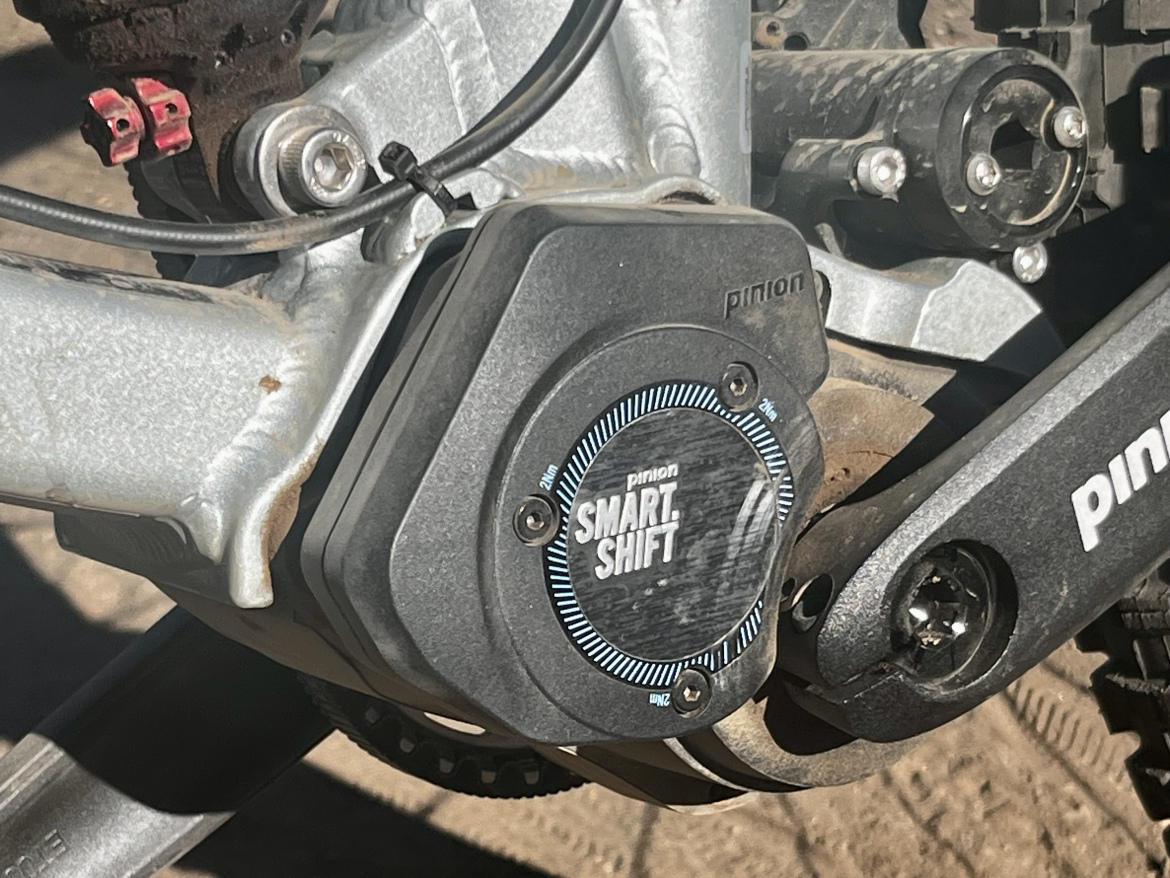
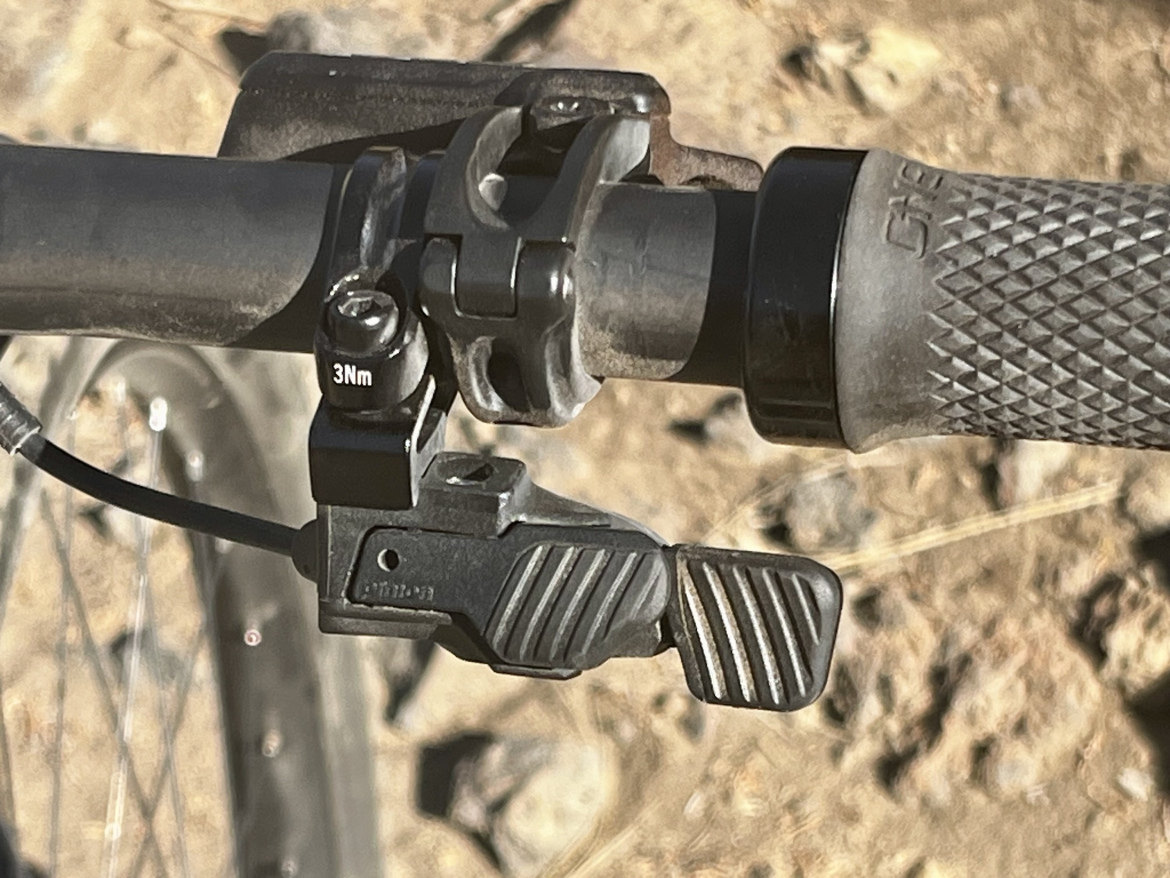
All Vanth models feature a Pinion C1.9i Smart.Shift gearbox, which delivers a 568% gear range. The gearbox is electronically controlled with a Pinion Smart.Shift TE1 trigger shifter. Everything rolls on WTB KOM wheels with a mostly Race Face cockpit setup.
Priority specs the Vanth with EXO-casing Maxxis tires. For a big enduro bike like the Vanth, I expect a gravity-casing tire. So, in Maxxis’ case, DD or DH casing.
My other issue with the component spec relates to the TRP brakes. Though the spec lists TRP Trail EVO brakes for the Performance Elite build, mine came with EVO Pros like the more expensive builds. Despite being the brand’s most powerful brake offering, these ship with organic pads that I found are too weak. After asking some questions about metallic pads, I found out that TRP isn’t making them anymore due to issues with material sourcing.
So, semi-metallic it was, which worked better than the organic pads. However, consider metallic pads from a different brand.
Pricing
Now, $6,000 isn’t pocket change by any means, but having no context, I was expecting this bike to be priced closer to $10,000. Hopefully, you can understand my genuine surprise when I received the complete information about the Vanth and saw two builds above it, including a Fox Podium fork build for just under $8,000.
Is the Vanth expensive? Sure. Is it comparable to other bikes with similar builds? Certainly. Did I expect to see a price tag under $6K? Definitely not. Hats off to Priority for keeping things well under five figures, and still prioritizing (pun?) quality components. I’ve ridden TRP Trail EVO brakes and would have been very pleased with them if that is the spec.

Unlike any other mountain bike
The Priority Vanth is tough to compare. Do I compare it to a gearbox/belt drive bike? Do I compare it to a high-pivot bike? Enduro bike?
There are so many variables with the Priority Vanth that it is difficult to do an across-the-board comparison. If I am being honest, the bike felt most similar to the downhill bikes I’ve ridden.
The Vanth’s descending capabilities are pretty spectacular. The rearward axle path, low-slung weight (gearbox), and zero(?) pedal kickback made the Vanth ride very comfortably. Plus, a relatively high stack made me feel like I was standing tall.
For someone who is typically on trail bikes without gearboxes and belts, all of these aspects of the Vanth are reminiscent of a DH bike.
Ultimately, though — from riding to maintenance — a gearbox-and-belt-drive bike is different. Not necessarily more difficult, just different. While I haven’t had to do any of the servicing needed for the gearbox (like an oil change), I know that just the fact that it is different will steer some away. And depending on where you live, it might be challenging to find a bike shop that works on gearbox bikes.
For me, I like the uniqueness.
Share your Priority Vanth review
Pros and cons of Priority Vanth
Pros
- Descending capabilities
- Stillpoint suspension
- Build specs
- Geometry
Cons
- Some spec choices (EXO tires, organic resin pads)
- “Different” could be a risk
- Finding a bike shop to service it could be a challenge
Bottom line
Priority made a massive leap from their norm to put out a pretty awesome bike. High-pivot, belt-drive, and gearbox may scare us a bit, but, in this context, pointed downhill, the combination works very well.


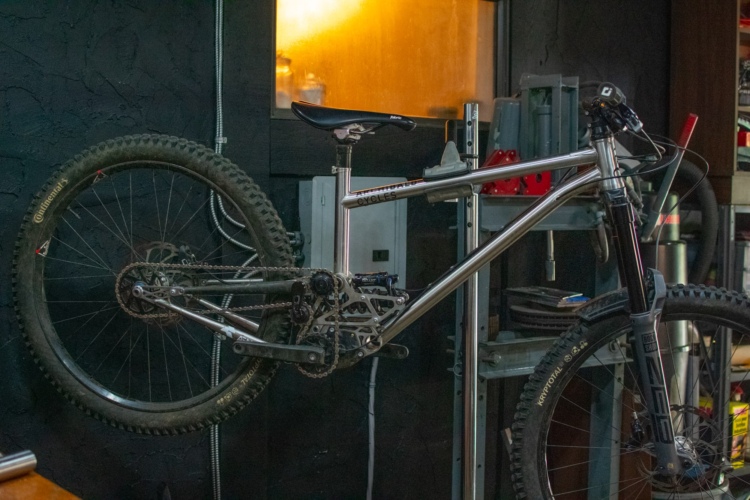
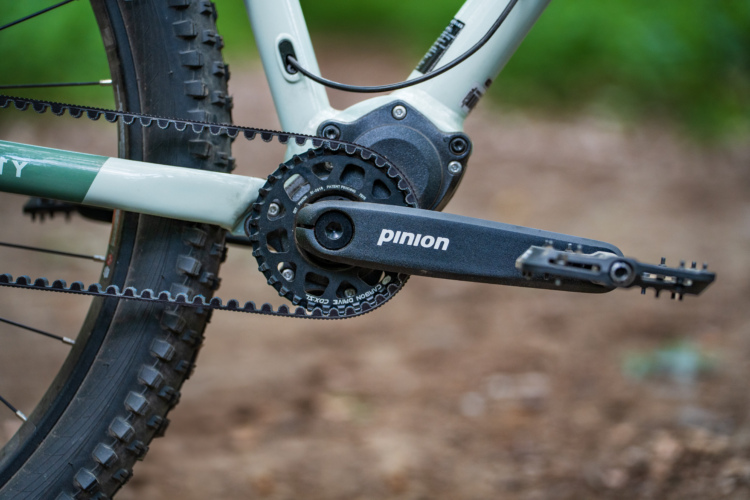




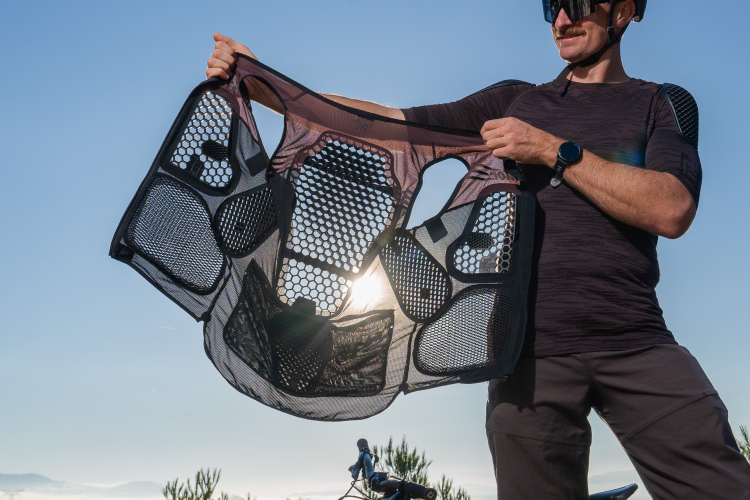
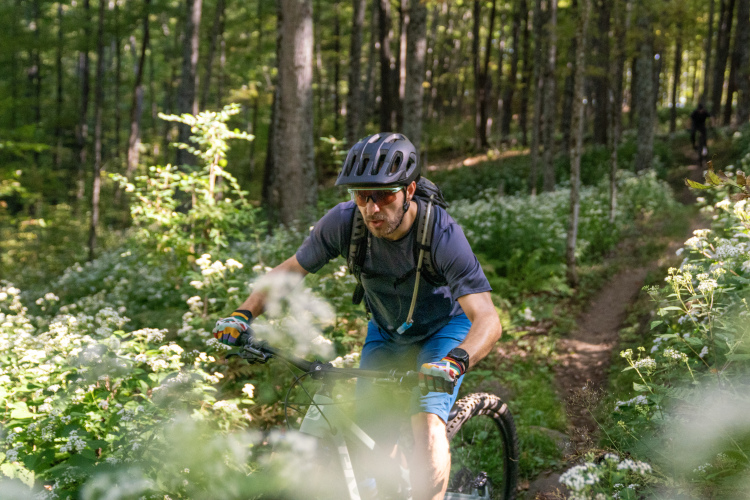

3 Comments
Oct 31, 2025
Nov 1, 2025
Oct 31, 2025